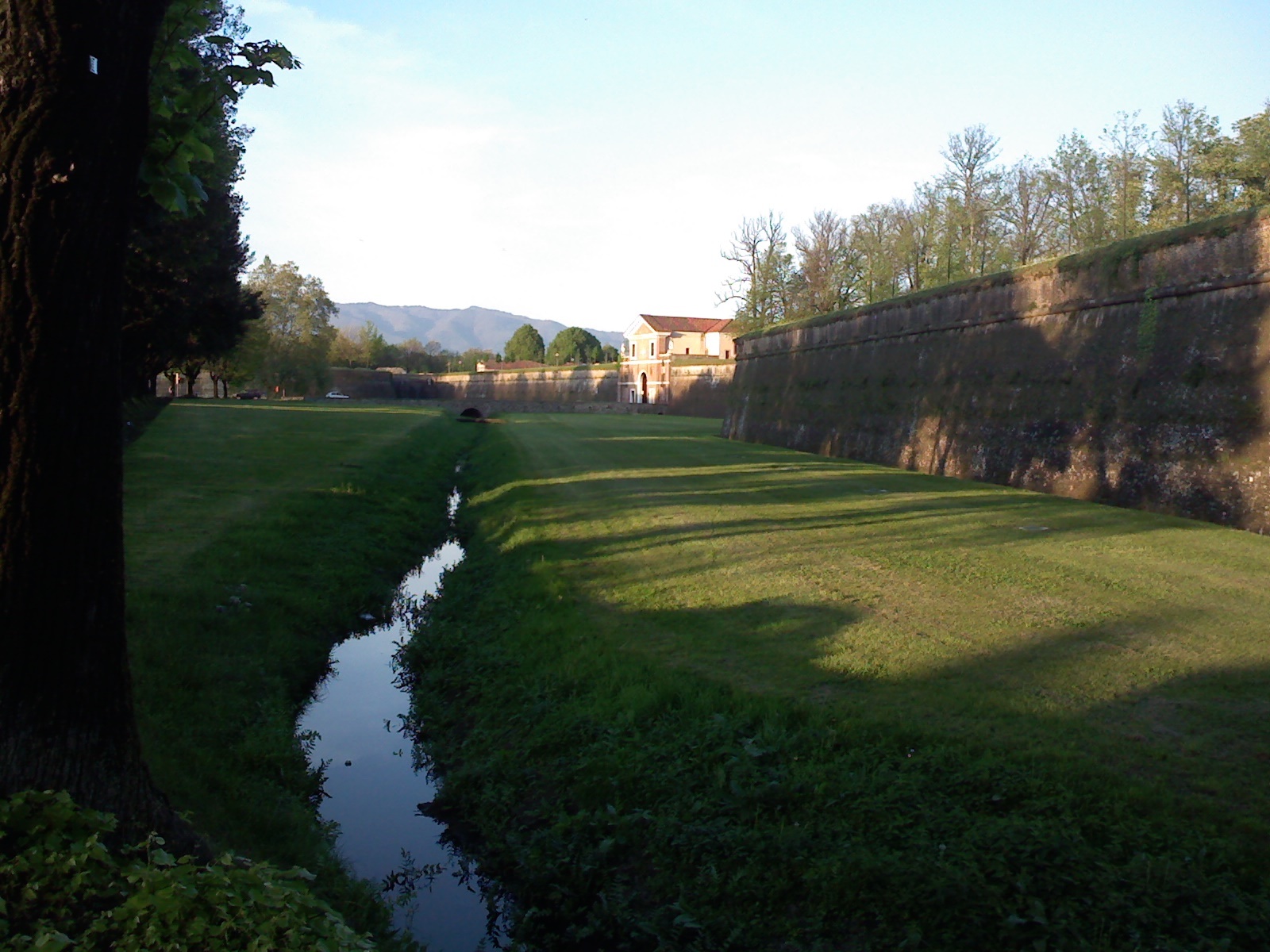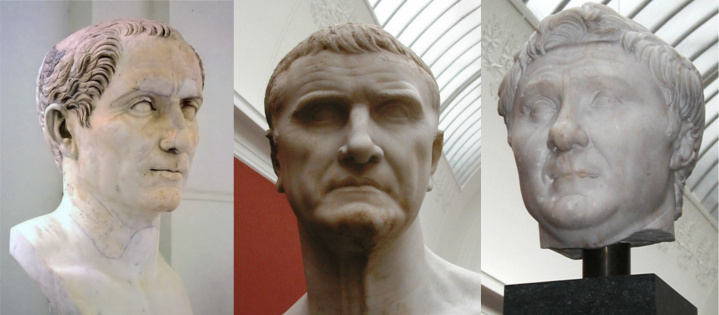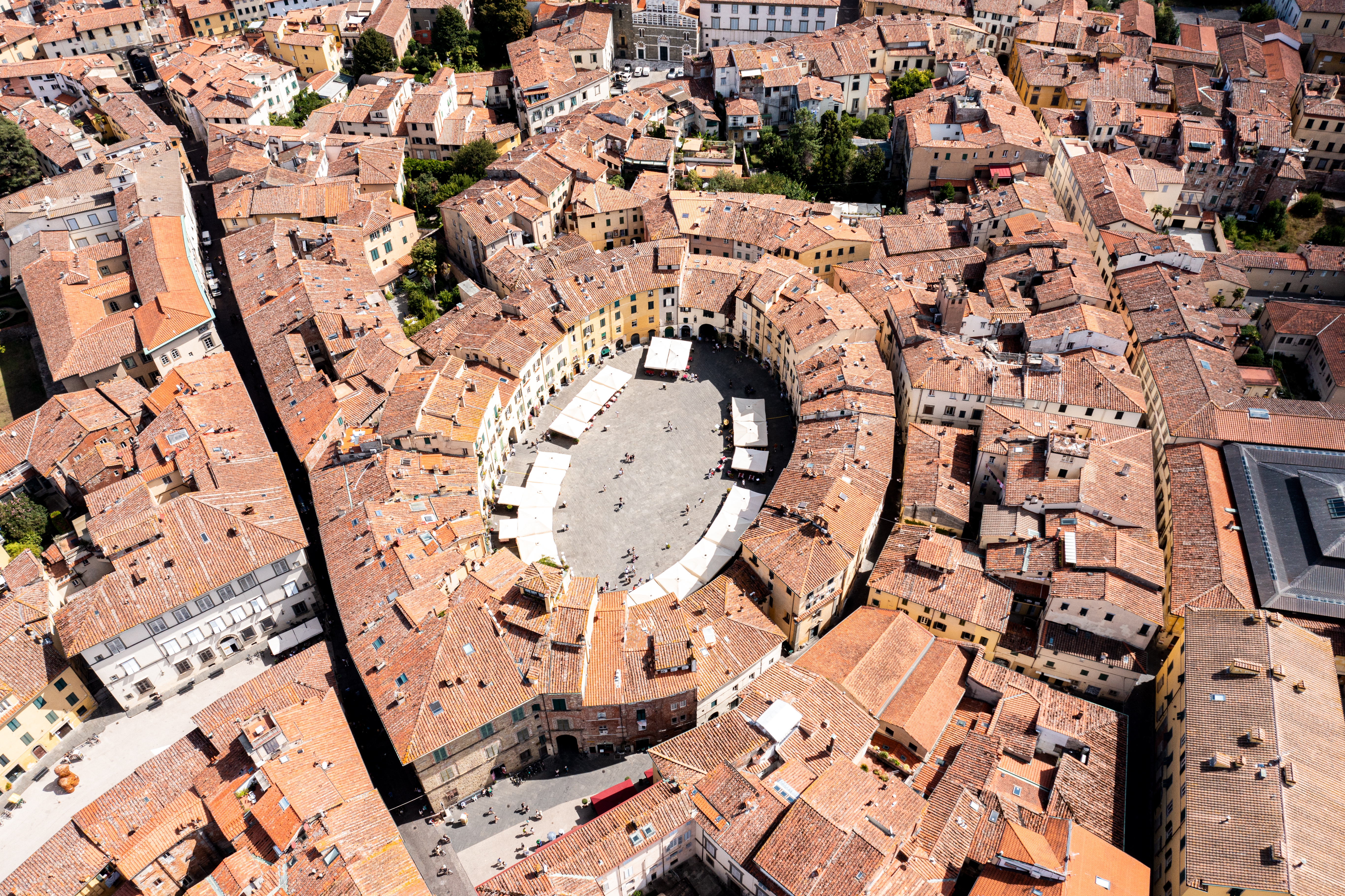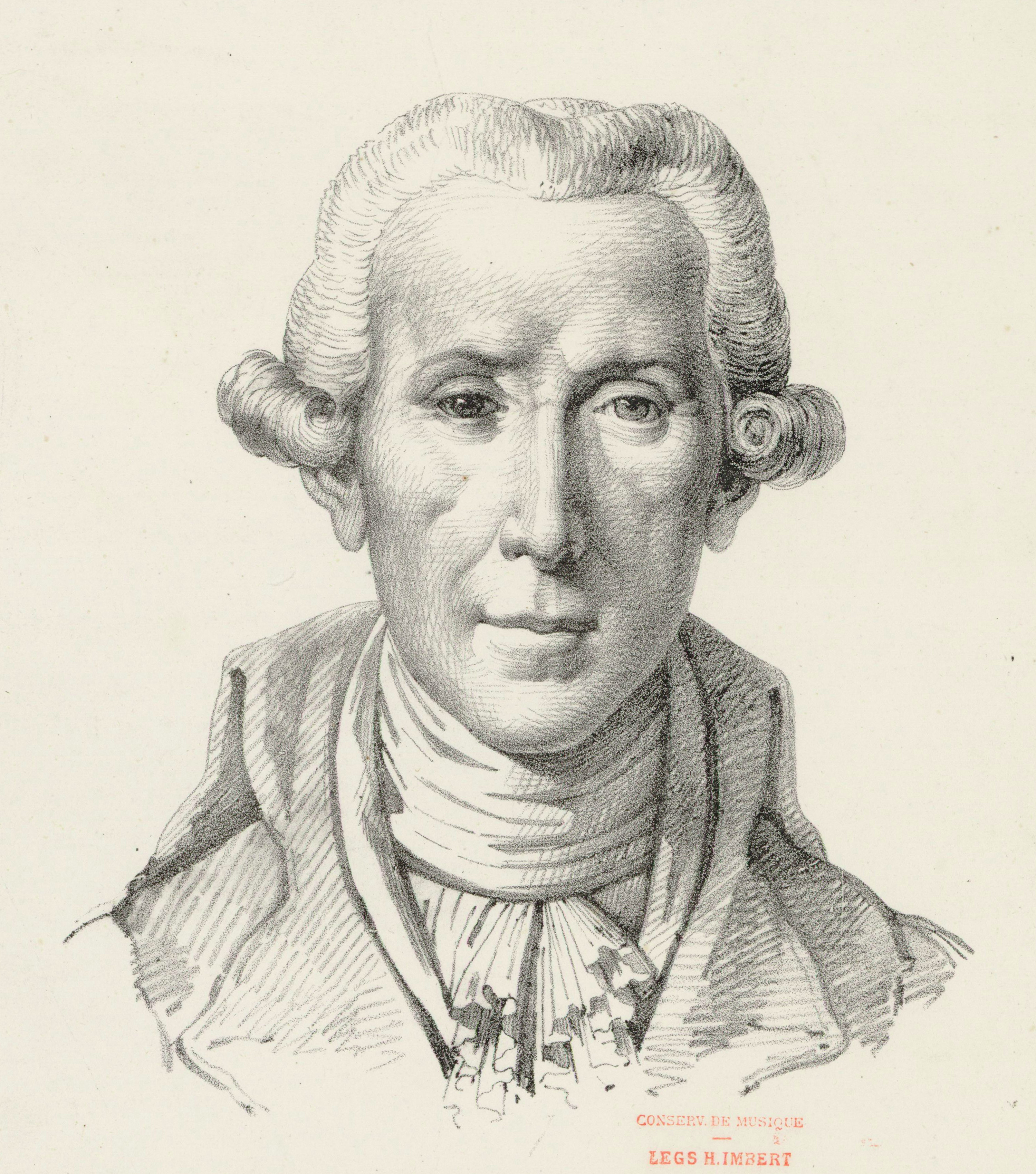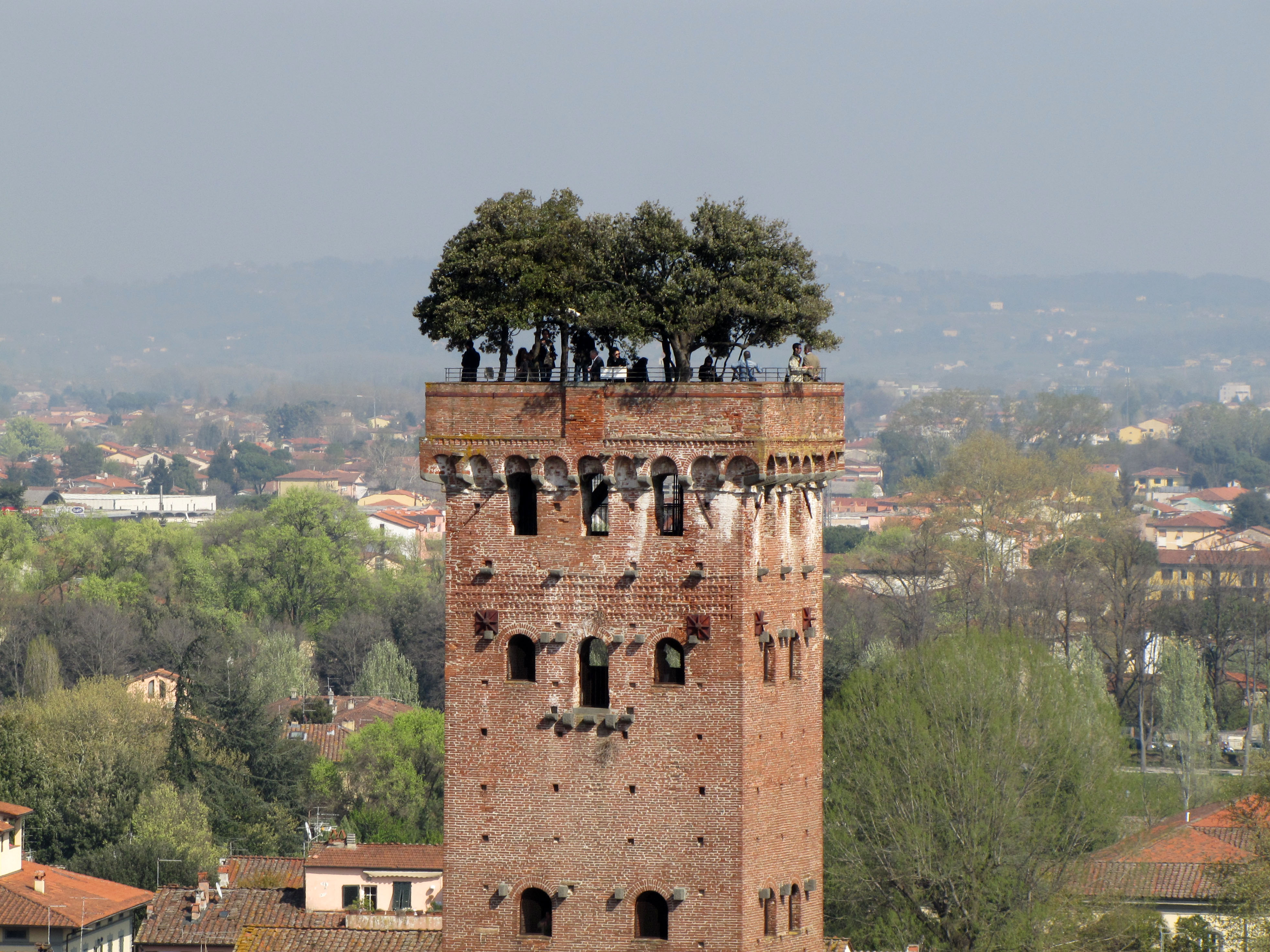|
Lucca
Lucca ( , ) is a city and ''comune'' in Tuscany, Central Italy, on the Serchio River, in a fertile plain near the Ligurian Sea. The city has a population of about 89,000, while its province has a population of 383,957. Lucca is known as one of the Italian's "Città d'arte" (Arts town), thanks to its intact Renaissance-era city walls and its very well preserved historic center, where, among other buildings and monuments, are located the Piazza dell'Anfiteatro, which has its origins in the second half of the 1st century A.D. and the Guinigi Tower, a tower that dates from the 1300s. The city is also the birthplace of numerous world-class composers, including Giacomo Puccini, Alfredo Catalani, and Luigi Boccherini. Toponymy By the Romans, Lucca was known as ''Luca''. From more recent and concrete toponymic studies, the name Lucca has references that lead to "sacred wood" (Latin: ''lucus''), "to cut" (Latin: ''lucare'') and "luminous space" (''leuk'', a term used by the f ... [...More Info...] [...Related Items...] OR: [Wikipedia] [Google] [Baidu] |
Walls Of Lucca
The walls of Lucca are a series of stone, brick, and earthwork fortifications surrounding the central city of Lucca in Tuscany, Italy. They are among the best preserved Renaissance fortifications in Europe, and at 4 kilometers and 223 meters in circumference they are the second largest intact example of a fully walled Renaissance city after Nicosia, Cyprus. The current walls of Lucca, which replaced earlier medieval and Roman fortifications, are the result of a construction campaign that started on May 7, 1504 and ended a century and a half later in 1648, with additional structural updates in the second half of the seventeenth century based on new knowledge and construction techniques. These walls play an important role in the cultural identity of the city of Lucca and its surroundings, and as a physical monument to the region's history, and Lucca's longstanding independence as a republic. The walls were also conceived as a deterrent and have never seen military use. At the time ... [...More Info...] [...Related Items...] OR: [Wikipedia] [Google] [Baidu] |
Province Of Lucca
The province of Lucca ( it, provincia di Lucca) is a province in the Tuscany region of Italy. Its capital is the city of Lucca. It has an area of and a total population of about 390,000. There are 33 '' comuni'' (singular: ''comune'') in the province. Geography Situated in northwestern coastal Italy, within Tuscany, Lucca borders the Ligurian Sea to the west, the provinces of Massa e Carrara to the northwest, Pisa to the south, Pistoia to the north-east and Firenze to the east. To the north it abuts the region of Emilia-Romagna (Provinces of Reggio Emilia and Province of Modena). Access to the Ligurian Sea is through municipalities such as Torre del Lago, Viareggio, and Forte dei Marmi. It is divided into four areas; Piana di Lucca, Versilia, Media Valle del Serchio and Garfagnana. Versilia is known for its extensive beaches, and there are coastal dunes and wetlands in the Migliarino-San Rossore-Massaciuccoli Natural Park. The principal resorts of the province are located ... [...More Info...] [...Related Items...] OR: [Wikipedia] [Google] [Baidu] |
Tuscany
it, Toscano (man) it, Toscana (woman) , population_note = , population_blank1_title = , population_blank1 = , demographics_type1 = Citizenship , demographics1_footnotes = , demographics1_title1 = Italian , demographics1_info1 = 90% , demographics1_title2 = , demographics1_info2 = , demographics1_title3 = , demographics1_info3 = , timezone1 = CET , utc_offset1 = +1 , timezone1_DST = CEST , utc_offset1_DST = +2 , postal_code_type = , postal_code = , area_code_type = ISO 3166 code , area_code = IT-52 , blank_name_sec1 = GDP (nominal) , blank_info_sec1 = €118 billion (2018) , blank1_name_sec1 = GDP per capita , blank1_info_sec1 = €31,500 (2018) , blank2_name_sec1 = HDI (2019) , blank2_info_sec1 = 0.907 • 6th of 21 , blank_name_sec2 = NUTS Region , blank_info_sec2 ... [...More Info...] [...Related Items...] OR: [Wikipedia] [Google] [Baidu] |
Giacomo Puccini
Giacomo Puccini ( Lucca, 22 December 1858Bruxelles, 29 November 1924) was an Italian composer known primarily for his operas. Regarded as the greatest and most successful proponent of Italian opera after Verdi, he was descended from a long line of composers, stemming from the late-Baroque era. Though his early work was firmly rooted in traditional late-19th-century Romantic Italian opera, he later developed his work in the realistic '' verismo'' style, of which he became one of the leading exponents. His most renowned works are '' La bohème'' (1896), '' Tosca'' (1900), '' Madama Butterfly'' (1904), and '' Turandot'' (1924), all of which are among the most frequently performed and recorded of all operas. Family and education Puccini was born Giacomo Antonio Domenico Michele Secondo Maria Puccini in Lucca, Italy, in 1858. He was the sixth of nine children of Michele Puccini (1813–1864) and Albina Magi (1830–1884). The Puccini family was established in Lucca as a lo ... [...More Info...] [...Related Items...] OR: [Wikipedia] [Google] [Baidu] |
Lucca Conference
The Luca Conference (sometimes misspelled Lucca Conference) was a meeting of the three Roman generals of the First Triumvirate -- Caesar, Pompey and Crassus -- in 56 BC. The conference took place at (and was named for) the town of Luca (Lucca, Tuscany), located near Pisa. Luca was the southern most town in the then Roman province of Cisalpine Gaul, where Caesar was serving as Governor. The meeting renewed the fraying political alliance, which further subverted the politics and institutions of the Roman Republic in its decline and transformation into the Roman Empire. Background The Roman general Julius Caesar was in the midst of fighting the Gallic Wars. At the end of 57 BC, he had conquered much of Gaul and had been awarded a 15-day '' supplicatio'', a feast of thanksgiving, longer than any before. Caesar's '' gravitas'' was growing quickly, and he aimed to leverage it to his advantage. Rome was in turmoil. “Caesar had already been away for two years, and the time had not ... [...More Info...] [...Related Items...] OR: [Wikipedia] [Google] [Baidu] |
Serchio
The Serchio (; la, Auser) is the third longest river in the Italian region of Tuscany at , coming after the Arno at and the Ombrone, . By mean rate of flow, it is the second largest, smaller than Arno but larger than Ombrone. The principal source forms on the slopes of Monte Sillano, elevation and is joined by a secondary branch, the Serchio di Gramolazzo, at Piazza al Serchio. The river then crosses Garfagnana from north to south, from Sillano to a location beyond Castelnuovo di Garfagnana; from here it continues through the Media Valle touching the municipal borders of the Comune of Barga and crossing the territory of Borgo a Mozzano. In this section of the river, which is dammed in a number of places, it receives from the right the waters of the Edron, Tùrrite Secca, Tùrrite di Gallicano, Turrite Cava and the Pedogna; and from the left those of the Fiume, the Castiglione, the Sillico, and its most important tributary the Lima. This last, which is born at the Passo de ... [...More Info...] [...Related Items...] OR: [Wikipedia] [Google] [Baidu] |
Piazza Dell'Anfiteatro, Lucca
Piazza dell'Anfiteatro is a public square in the northeast quadrant of walled center of Lucca, region of Tuscany, Italy. The ring of buildings surrounding the square follows the elliptical shape of the former second century Roman amphitheater of Lucca. The square can be reached through four gateways located at the four vertices of the ellipse. A cross is carved into the central tile of the square with the arms pointing to the four gateways of the square. History The base of the former amphitheater (dating back to the 1st or 2nd century BC) is now some 3 meters below the center. At its peak about 18 rows of amphitheater seats held some 10,000 spectators. Now an urban square (piazza), surrounded by private residences built using the remaining structures of the Amphitheatre, and occupied by several outdoor cafes, created in 1830 by the architect Lorenzo Nottolini who razed some of the buildings inside the oval. It was originally refurbished to be a marketplace. [...More Info...] [...Related Items...] OR: [Wikipedia] [Google] [Baidu] |
Luigi Boccherini
Ridolfo Luigi Boccherini (, also , ; 19 February 1743 – 28 May 1805) was an Italian composer and cellist of the Classical era whose music retained a courtly and ''galante'' style even while he matured somewhat apart from the major European musical centers. He is best known for a minuet from his String Quintet in E, Op. 11, No. 5 ( G 275), and the Cello Concerto in B flat major (G 482). The latter work was long known in the heavily altered version by German cellist and prolific arranger Friedrich Grützmacher, but has recently been restored to its original version. Boccherini's output also includes several guitar quintets. The final movement of the Guitar Quintet No. 4 in D (G 448) is a fandango, a lively Spanish dance. Biography Boccherini was born into a musical family in Lucca, Italy in 1743. He was the third child of Leopoldo Boccherini, a cellist and double-bass player, and the brother of Giovanni Gastone Boccherini, a poet and dancer who wrote librettos for Ant ... [...More Info...] [...Related Items...] OR: [Wikipedia] [Google] [Baidu] |
Piazza Dell'Anfiteatro
Piazza dell'Anfiteatro is a public square in the northeast quadrant of walled center of Lucca, region of Tuscany, Italy. The ring of buildings surrounding the square follows the elliptical shape of the former second century Roman amphitheater of Lucca. The square can be reached through four gateways located at the four vertices of the ellipse. A cross is carved into the central tile of the square with the arms pointing to the four gateways of the square. History The base of the former amphitheater (dating back to the 1st or 2nd century BC) is now some 3 meters below the center. At its peak about 18 rows of amphitheater seats held some 10,000 spectators. Now an urban square (piazza), surrounded by private residences built using the remaining structures of the Amphitheatre, and occupied by several outdoor cafes, created in 1830 by the architect Lorenzo Nottolini who razed some of the buildings inside the oval. It was originally refurbished to be a marketplace. [...More Info...] [...Related Items...] OR: [Wikipedia] [Google] [Baidu] |
Guinigi Tower
The Torre Guinigi is a tower in Lucca, Tuscany, central Italy. It is a typical example of local Romanesque-Gothic architecture. The height of the tower is 45 meters with a total of 233 steps to reach the top. The tower dates from the 1300s, when a number of wealthy families were building bell towers within the walls of Lucca as status symbols. It is one of the few remaining towers within the walls. It is known for the tall trees (holm oaks ''Quercus ilex'', the evergreen oak, holly oak or holm oak is a large evergreen oak native to the Mediterranean region. It is a member of the '' Ilex'' section of the genus, with acorns that mature in a single summer. Description An evergree ...) growing on top of the tower - The kitchen was originally on the floor below with the rooftop serving as a kitchen garden. The tower was donated to the local government by the descendants of the Guinigi family. External linksPalazzo e Torre Guinigi (travelitalia.com) Guinigi Palaces ... [...More Info...] [...Related Items...] OR: [Wikipedia] [Google] [Baidu] |
Pompey
Gnaeus Pompeius Magnus (; 29 September 106 BC – 28 September 48 BC), known in English as Pompey or Pompey the Great, was a leading Roman general and statesman. He played a significant role in the transformation of Rome from republic to empire. He was (for a time) a student of Roman general Sulla as well as the political ally, and later enemy, of Julius Caesar. A member of the senatorial nobility, Pompey entered into a military career while still young. He rose to prominence serving the dictator Sulla as a commander in the civil war of 83–82 BC. Pompey's success as a general while young enabled him to advance directly to his first Roman consulship without following the traditional '' cursus honorum'' (the required steps to advance in a political career). He was elected as Roman consul on three occasions. He celebrated three Roman triumphs, served as a commander in the Sertorian War, the Third Servile War, the Third Mithridatic War, and in va ... [...More Info...] [...Related Items...] OR: [Wikipedia] [Google] [Baidu] |
Paulinus Of Antioch
Saint Paulinus was an early Christian, who, along with a priest, deacon and soldier—all of whose names were forgotten through time—suffered martyrdom in 67. Paulinus is believed to have been converted and sent by St. Peter, whom he met at Antioch, to Lucca. He is believed to be the first Bishop of Lucca The Archdiocese of Lucca ( la, Archidioecesis Lucensis) is a Latin Church ecclesiastical territory or diocese of the Catholic Church in Italy. The diocese dates back as a diocese to the 1st century; it became an archdiocese in 1726. The episco .... Catholic Online Notes 67 deaths Saints from ...[...More Info...] [...Related Items...] OR: [Wikipedia] [Google] [Baidu] |

